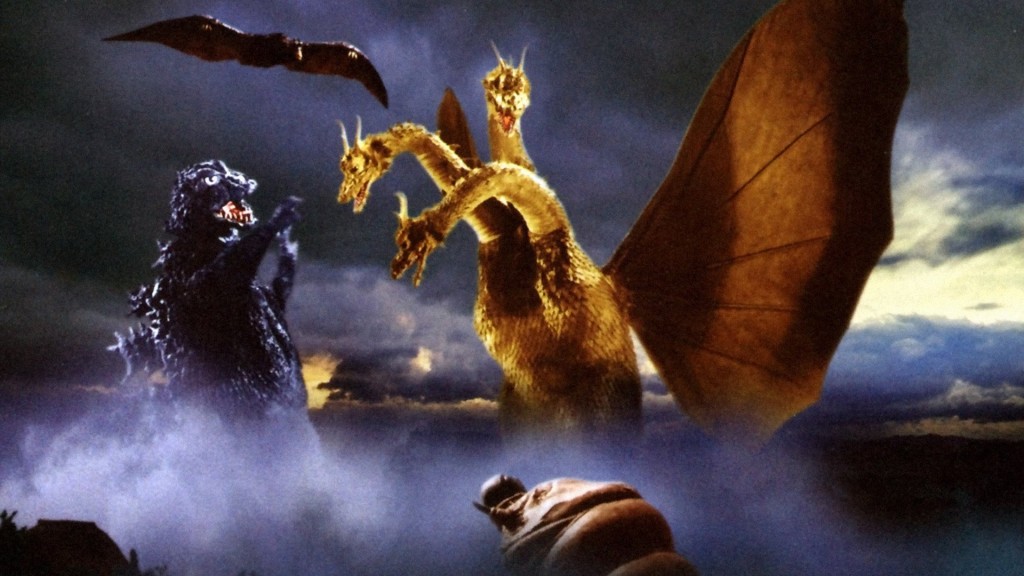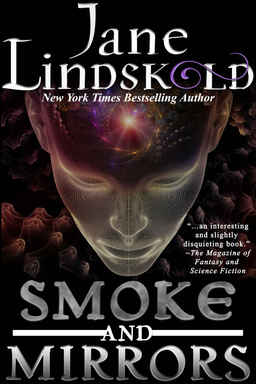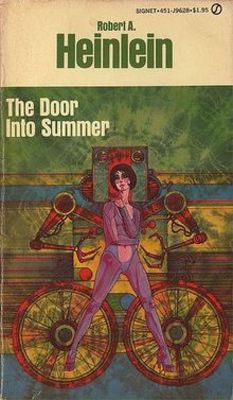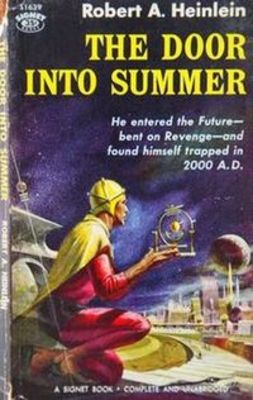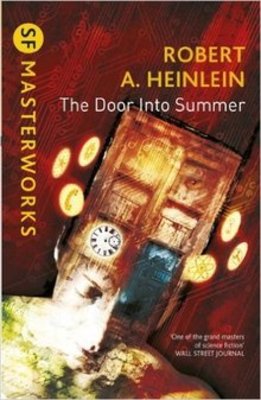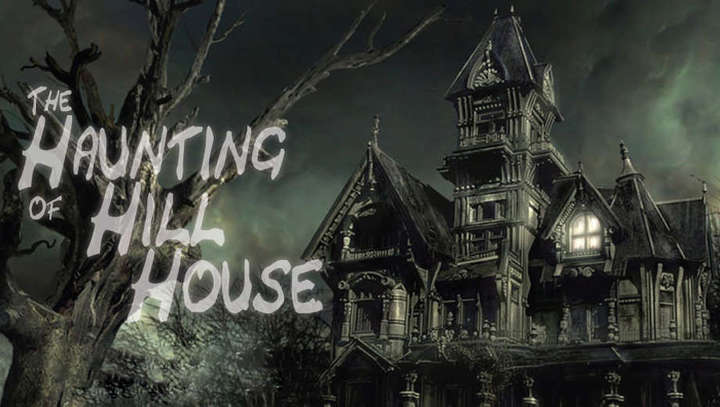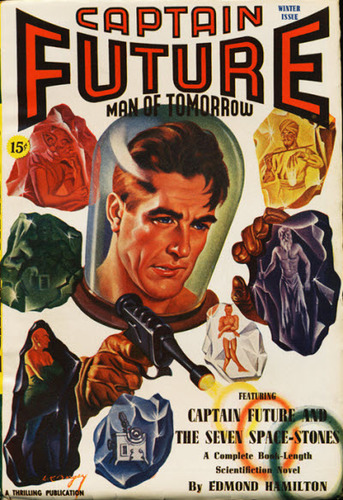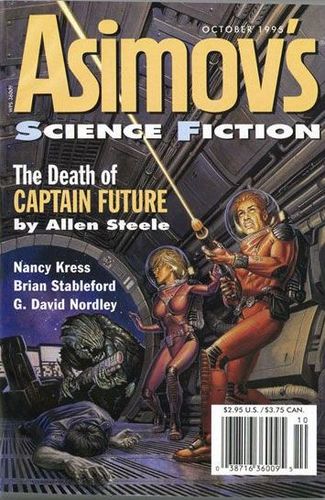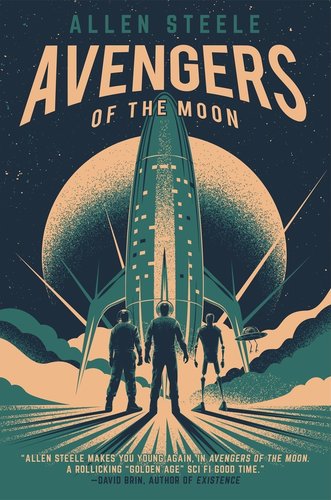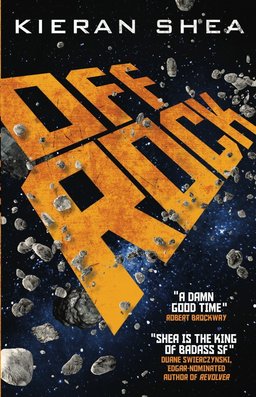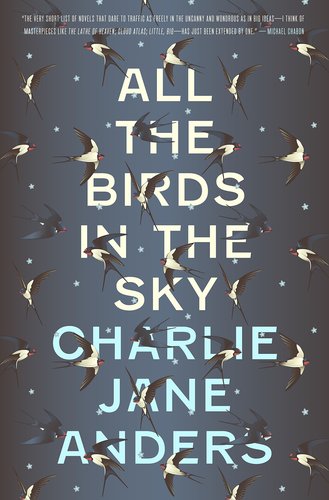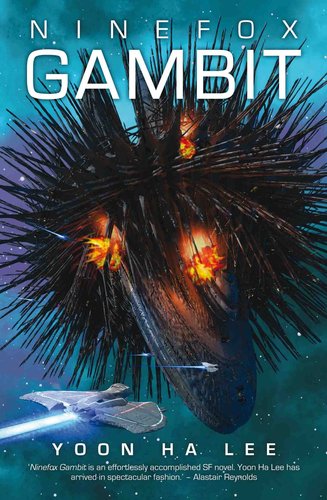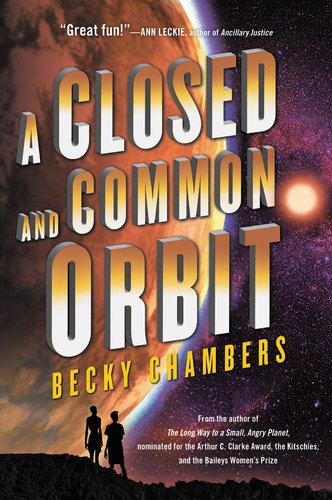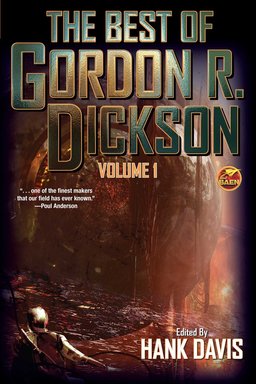 Over the last four years we’ve spent a lot of time and energy covering Del Rey’s 1970s-era Classic Science Fiction line, also know as the Best of…. series. In the process we may have angrily shaken our fists at the entire publishing industry once or twice, shouting “You don’t have the guts or the imagination to do something like this any more, do you??”
Over the last four years we’ve spent a lot of time and energy covering Del Rey’s 1970s-era Classic Science Fiction line, also know as the Best of…. series. In the process we may have angrily shaken our fists at the entire publishing industry once or twice, shouting “You don’t have the guts or the imagination to do something like this any more, do you??”
And of course, along comes Baen Books to prove us wrong.
Last week Baen Books released The Best of Gordon R. Dickson, Volume 1, the first in a two-volume set collecting a generous sample of science fiction and fantasy from one of the most popular and celebrated SF writers of the 20th Century. It follows The Best of Bova, a planned 3-volume set, and their recent omnibus collections of Andre Norton, Murray Leinster, and James H. Schmitz.
The Best of Gordon R. Dickson, Volume I, gathers together fourteen stories, predominantly from the first half of legendary science fiction and fantasy writer Gordon R. Dickson’s career, ranging from the early 1950s through the 1960s, including tales dragons, dolphins, aliens, werewolves, mutants and humans trying to make sense of an infinitely bewildering universe. A maiden aunt is suddenly given superpowers. An alien who looks like a large, sentient rabbit makes ominous announcement which make no sense from behind an impenetrable force shield. Humans besieged by an alien enemy refuse, against all reason, to give up fighting. And much more, in stories running the gamut from exciting adventure to stark tragedy to hysterical comedy. Plus the never before published “Love Story,” written for Harlan Ellison’s legendary, but never published anthology, The Last Dangerous Visions. And stay tuned for The Best of Gordon R. Dickson, Volume II, with another generous display of Dickson’s virtuosity, covering his brilliant career from 1970s to the century’s end.
I was especially pleased to see that editor Hank Davis managed to pry another unpublished tale from Harlan Ellison’s clutches, where it has been languishing in the submission pile for The Last Dangerous Visions since 1973.
…
Read More Read More
